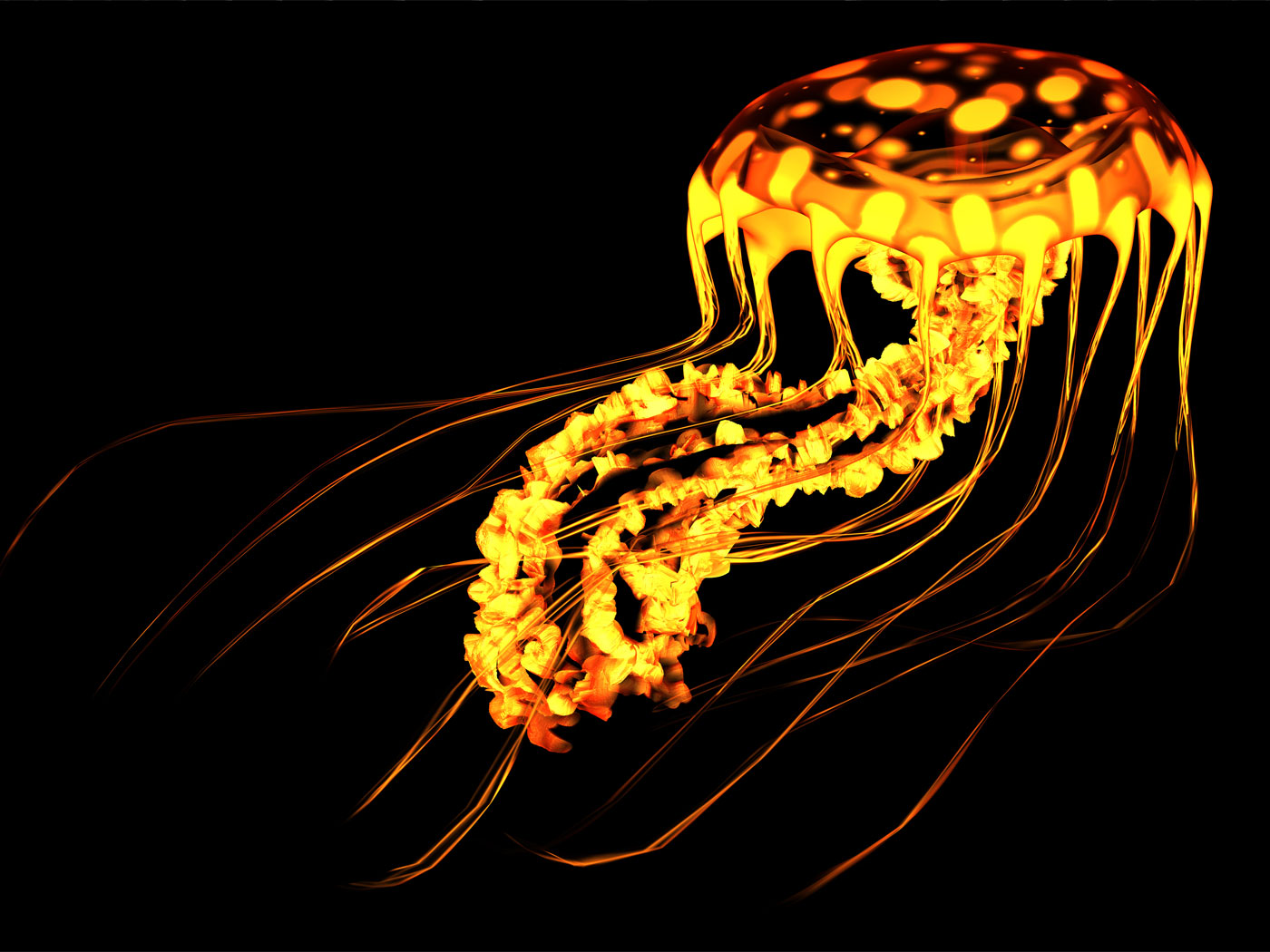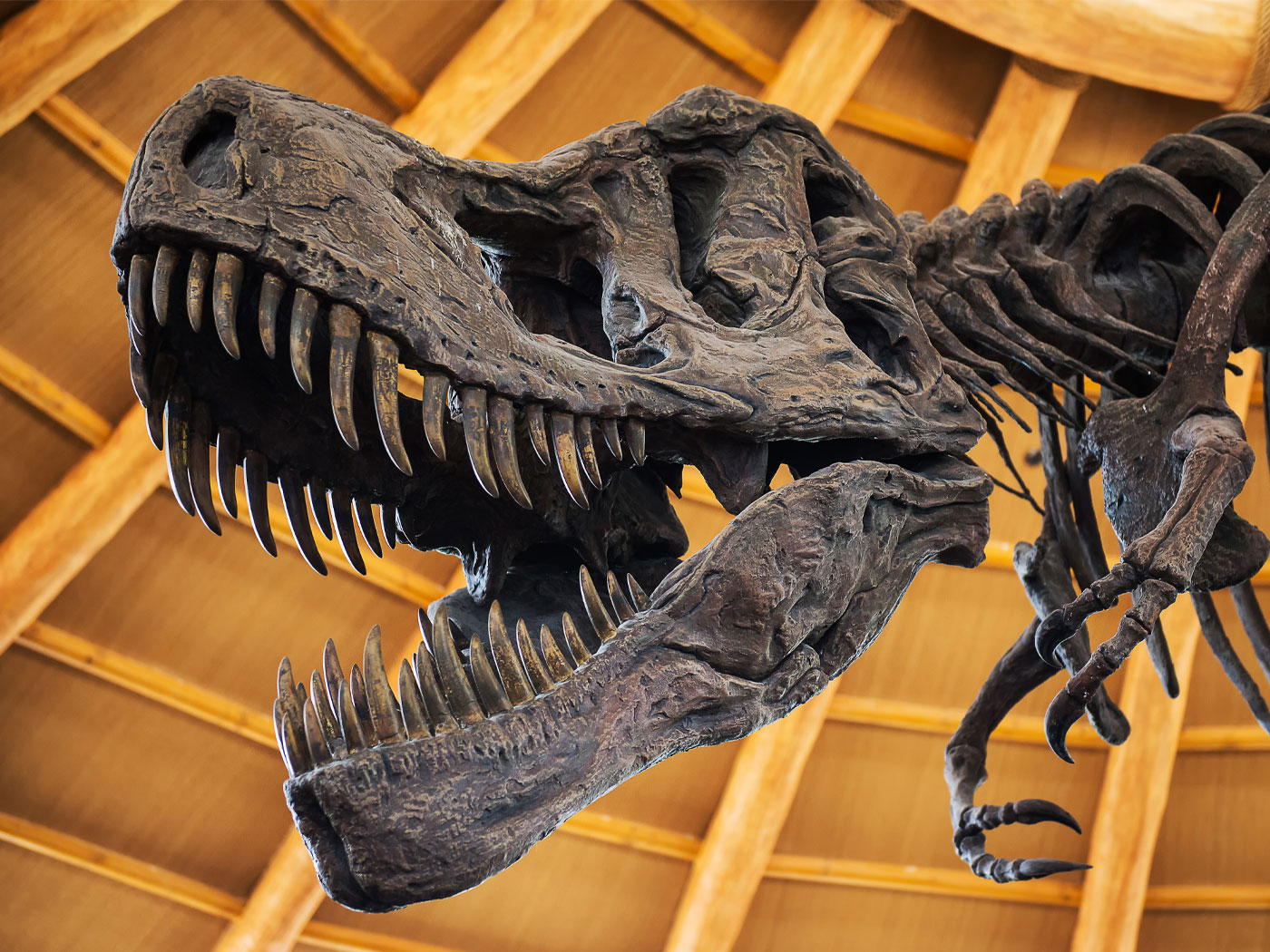Fossil fibers found in China over a decade ago are believed by some to have come from “dinosaur feathers.” It has been suggested that the fibers bolster the claim that birds evolved from dinosaurs. But a recent study calls the whole evolutionary paradigm into question by presenting evidence of a young age for these “millions of years old” fibers.
The ancestry of both birds and their feathers is a matter of contention in the evolutionary camp. Feathers on a dinosaur could become one of the long-sought-after, yet still elusive, “transitional” features that some evolutionists believe would support their theory. Evolutionary paleontologists, therefore, are interested in when and how feathers “emerged” from among those reptiles they consider to be bird ancestors. But the jury is still out on what the fossil fibers actually represent.
In 2005, Alan Feduccia and his colleagues found “no evidence for the existence of protofeathers” among the Chinese fossils—which included Sinosauropteryx, considered by some to be a potential “feathered dinosaur.”1 “Protofeathers” refer to a hypothetical evolutionary precursor to modern feathers. Sinosauropteryx was one of the first of similar fiber-associated fossil finds to have come from the Yixian formation in Liaoning Province.
Two years later, Feduccia and other researchers compared fibers from a new specimen of Sinosauropteryx with dermal collagen taken from various other animals. Collagen fiber mesh provides a support fabric for skin, including that of dinosaur and other reptile “dermal frills”—the zig-zag angular skin flaps that decorate some of their backs.
The report published in Proceedings of the Royal Society B stated that the fibers “show the beaded form noted, e.g. in collagen fibre bundles in the dermis of sharks, modern-day reptiles, ichthyosaurs and dinosaurs as well as individual mammalian collagen fibrils.”2 The researchers made a strong case that at least some, if not all, of the Chinese fossil fibers are partly decayed remains of cross-woven collagen mesh fabric.
However, most scientists have preferred a more “feathery” interpretation, including Xing Xu, who is renowned for having demonstrated that the “feathered dinosaur” called “Archaeoraptor” by a National Geographic journalist in 1999 was just a faked composite.3
Xu co-authored a 2009 study in the journal Nature that presented clear images of tiny structures, called melanosomes, that were found within Sinosauropteryx fibers. The researchers stated that the melanosomes found inside the fibers “are unequivocally epidermal structures [like feathers or hair], not the degraded remains of dermal [skin] collagen fibres.”4
However, they did not rebut the results of Feduccia’s careful comparison of collagen fibers from various fossil, living, and rotting sources. Xu and his colleagues made their feather case based on the similarity of these fossilized melanosomes to what is found in living birds, and they did not rigorously compare their melanosomes with known reptile or other animal skin.
The debate is probably far from over.
Historically, the “feather” designation for fossilized features has often come as a result of evolutionary inference, not fossil evidence. Also, it may be that some supposed “feathered dinosaurs,” like Caudipteryx, were actually ground-running birds comparable to modern kiwis. Conclusions are drawn from the data based on the observing scientists’ interpretive assumptions. Thus, where evolutionists “see” transitions by pointing out possible similarities, others “see” separate reptile and bird kinds by observing evidentiary differences.
Those who see “feathers” on dinosaurs have critical problems to consider. Based on its skeletal structure, Sinosauropteryx is not even thought to be an ancestor of birds. Also, based on the evolutionary dates assigned to the relevant strata, Sinosauropteryx existed 25 million years after undisputed bird fossils. Thus, its supposed “protofeathers” may have had nothing to do with real feathers, which according to evolutionists existed long before these supposed evolutionary precursors came on the scene.
Feathered-dinosaur advocates also face another problem. Xu’s study—the most recent contribution to the feather vs. skin debate—relied on something that should not exist. How is it possible that the dark-colored, soft-tissue melanocytes found in melanosomes were “organically preserved” for the 120 million years that they were supposedly sitting in their sedimentary tomb?4
The researchers confirmed that the melanosomes are made of organic carbon, not replaced minerals, and that many of them are still arranged in their original ordered orientation, like stacked, bacteria-sized black bricks. They even proposed a color scheme for these animals based on the quality of preservation of these organic remains. Why have these structures not yet decomposed into dust after all that evolutionary time? Even if they were somehow kept sterile for 120 million years, they should have spontaneously degraded long, long ago.
Xu’s published study admitted this conundrum, but offered no viable solution, merely pointing to other fossilized melanosomes for support.5 However, the fact that soft tissues have been found in various fossil caches worldwide does not have to be considered as verification that soft tissues can be preserved for millions of years. They do, however, verify that a worldwide watery catastrophe buried and preserved countless creatures just thousands, not millions, of years ago.
References
- Feduccia, A., T. Lingham-Soliar, T. and J. R. Hinchliffe. 2005. Do feathered dinosaurs exist? Testing the hypothesis on neontological and paleontological evidence. Journal of Morphology. 266 (2): 125-166.
- Lingham-Soliar, T., A. Feduccia and X. Wang. 2007. A new Chinese specimen indicates that ‘protofeathers’ in the Early Cretaceous theropid dinosaur Sinosauropteryx are degraded collagen fibres. Proceedings of the Royal Society B. 274 (1620): 1823-1829.
- Simons, L. M. 2000. Archaeoraptor Fossil Trail. National Geographic. 198 (4):128-132.
- Zhang, F. et al. Fossilized melanosomes and the colour of Cretaceous dinosaurs and birds. Nature. Published online January 27, 2010.
- See Thomas, B. Fossil Feathers Convey Color. ICR News. Posted on icr.org July 21, 2008, accessed January 29, 2010; and Thomas, B. Fresh Fossil Feather Nanostructures. ICR News. Posted on icr.org September 16, 2009, accessed January 29, 2010.
* Mr. Thomas is Science Writer at the Institute for Creation Research.
Article posted on February 8, 2010.













